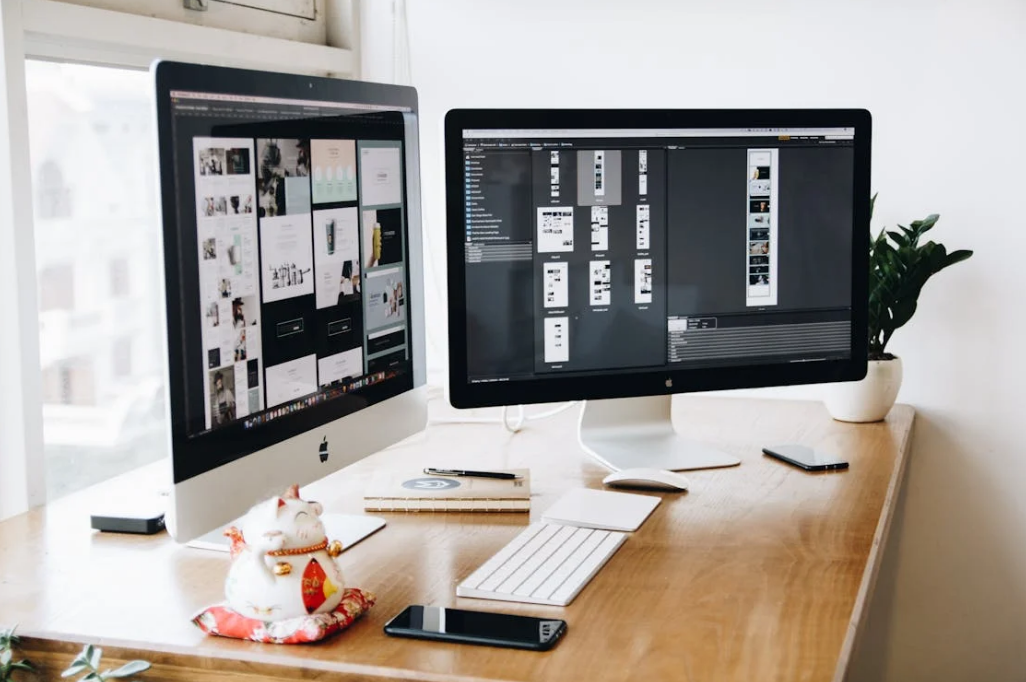If you operate a website for your business, you’ll know that UX isn’t just about clean layouts and fast-loading pages. It’s about how a website feels to use as well. A lot of this comes down to micro-interactions because although they might seem minor, small things like button animations and hover effects can be very impactful, especially if you are targeting a large desktop user base.
Subtle Responses and User Feedback
Micro-interactions serve a lot of different purposes. It may be that they display a status, encourage someone to click, or prevent errors. When done right, they help an interface to feel responsive and fluid, irrespective of the industry you work in. For example, when designing a graphic through Canva, hover effects offer immediate feedback to enlarge the template, which encourages exploration.
Movie trailer creation websites like Trainrobber use hover effects to enlarge team photos and trending topics within the industry. If you play roulette online, you’ll notice the hover effect being used often too. In instances like this, hover effects are used to help users navigate many different choices, including Pinball Roulette and Speed Roulette, with a “play now” button that appears when the cursor is moved over each image. Not only does this simplify the interface, it also provides a more streamlined experience, helping users navigate.
Micro-interactions like this help to make the interface feel alive, and with choices like shadow effects, color shifts, or triggered animations to choose from, it’s a great way for you to increase your user experience. As you can see, it works across numerous verticals.


Reinforcing Branding Personality
Micro-interactions are one of the best ways for you to reinforce brand personality. It’s easy to cater to interactions like this so they align with your tone. Luxury brands may opt for bright highlights or smooth fades, but a website design service may opt for something more creative. Websites like FullBundle are a great example here, as this takes the concept of micro-interactions and takes them to a whole new level. With the website offering blue and red shapes that bounce around the page as the cursor moves, this not only showcases the brand’s creativity but also keeps users on the homepage for longer, encouraging interaction while greatly reducing the site’s bounce rate.
Micro-interactions don’t always have to be visual either. It can be a sound that triggers when a button is tapped. You can also incorporate useful features, like swipe to refresh, which cater more to mobile users. When you break them down, it’s easy to see how these tiny ensign elements can have a huge impact. They can bring an interface to life, and when you are operating a business within a competitive landscape, it is a good way for you to set your website apart.
After all, when creating a site, you’re not just trying to make a sale. You’re also trying to connect with your user, and micro-interactions are one of the best ways to do that. They’re also a good way to improve UX, which can have a huge impact on your bottom line.




